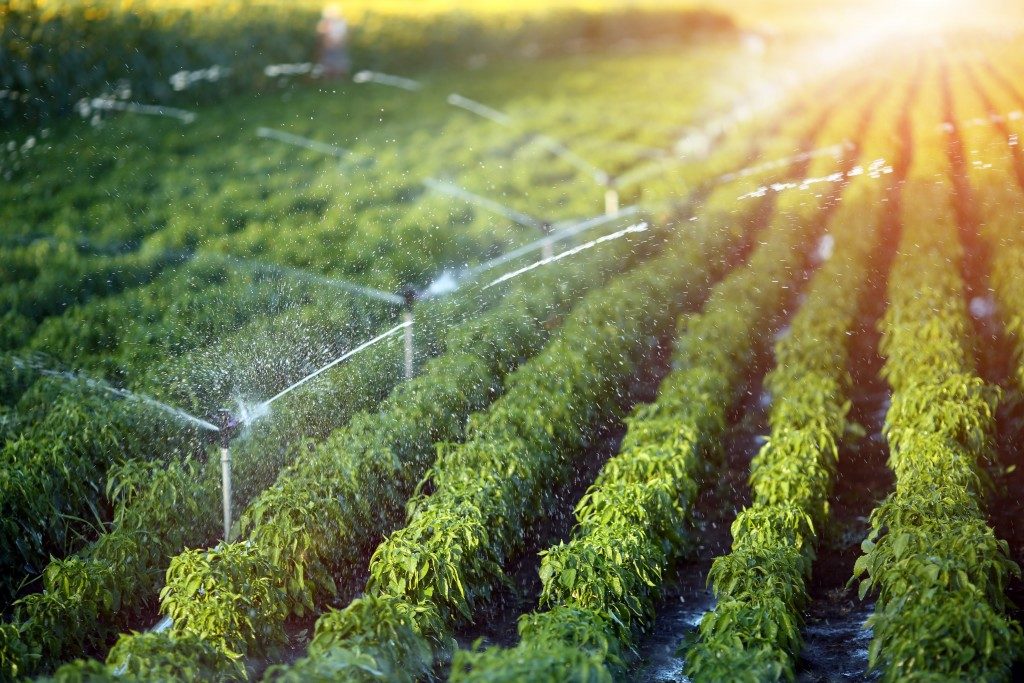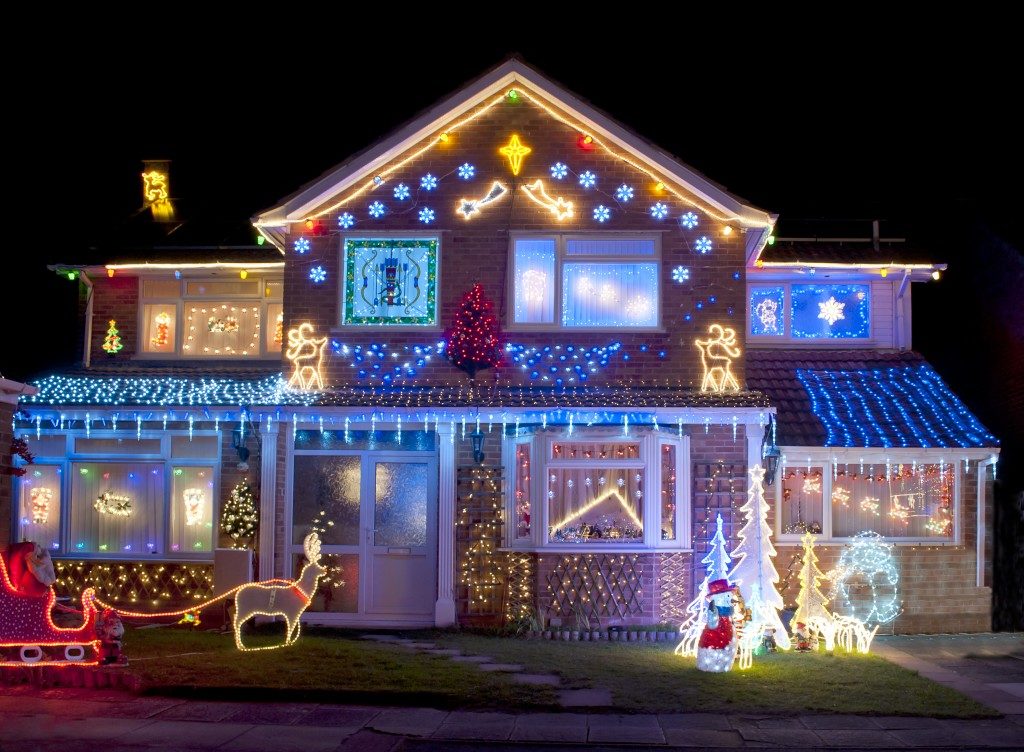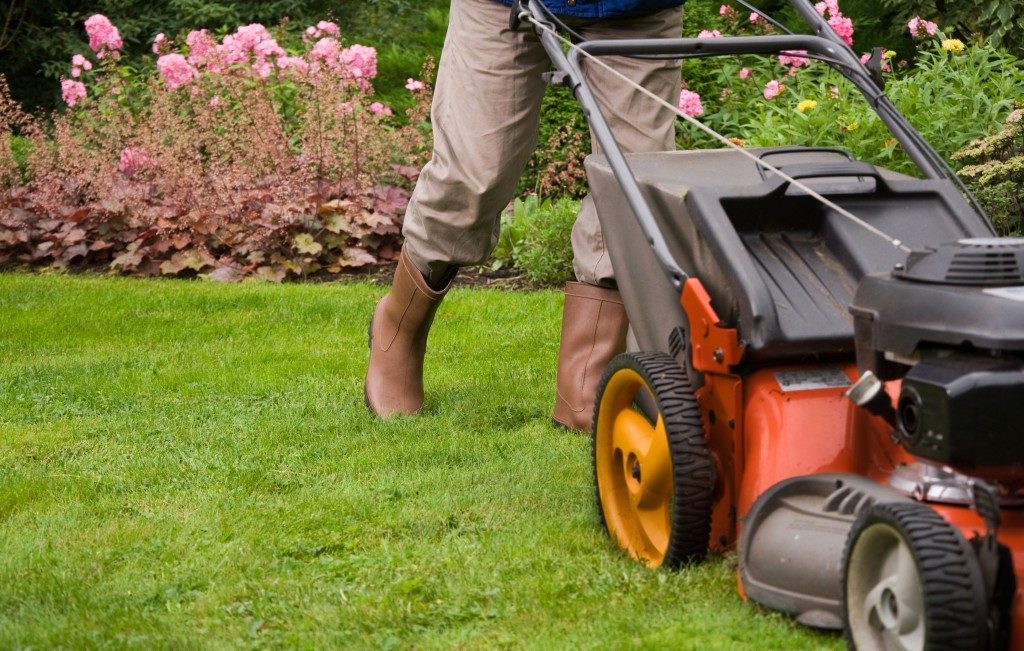People used to focus on the interior look of their properties in the past. The outdoors is, however, the first thing everyone will look at first. Ensuring it is in optimal condition is essential to create the ideal first impression.
Having the best plants and hardscaping elements in your outdoors is only a part of the equation for the best-looking property. Their maintenance is essential to guarantee they exude a positive look for your property. One of the maintenance techniques for the plants in your landscape is their watering.
Timed sprinkler installation for Layton properties is the most popular choice. There are, however, numerous options and making the ideal choice for your property is not easy. Here are guidelines to ease your choice of the right irrigation system.
Sprinkler Irrigation
This method of irrigation mimics natural rainfall for the application of water to your landscape. Water will be pumped through pipes running around your property then sprayed upwards using sprinklers that will break it into small droplets. This way, sprinkler irrigation achieves a uniform water distribution.
This irrigation option directs the water flow to specific sections of your property, thus minimizing water loss and suits both small and substantial plots. You can also use the sprinkler system to administer chemical treatments and fertilizers to your landscape.
Drip Irrigation
This is also called trickle irrigation. It allows the slow dripping of water into your plants’ roots using narrow tubes with emitters.
This enables the delivery of water directly to the plants’ base, thus conserving water and allowing the irrigation of non-turf areas, such as the street medians, perennial and vegetable gardens, and flowerbeds.
Drip irrigation is inexpensive and prevents the development of fungal diseases since water contact to the stems, fruits and leaves are minimized. Moreover, it will discourage the growth of weeds since water will only be delivered where it is needed.
Subsurface Irrigation
This resembles drip irrigation as it distributes water using tubes and emitters. The tubes, unlike those in drip irrigation, are buried under the ground surface. Subsurface irrigation works best in windy, hot and arid areas with sandy soils.
Here, it saves water by minimizing evaporation, reduces the growth of weeds. The pipes are also well protected from the damage that might be caused by machinery and animals.
Surface Irrigation

This is the oldest irrigation option. It uses gravity for water distribution that will then seep into the soil. In some cases, surface irrigation is called flood irrigation since it simply allows the accumulation of water on a specific surface.
Surface irrigation is, nonetheless not as effective as other alternatives since it generally oversaturates the land. It will, however, cover large land tracts within a short time and cannot be negatively affected by sediments or wind like other systems.
Without the right irrigation system, your landscape will turn into a lifeless one that will hurt your property. There is nothing simple about landscaping, even if you pride yourself as a handy person or one who loves gardening.
The irrigation systems mentioned above still need a professional’s input to guarantee they meet your landscaping needs. Occasional professional fertilizing, pruning, and weeding to keep your outdoors looking optimal are also essential.



